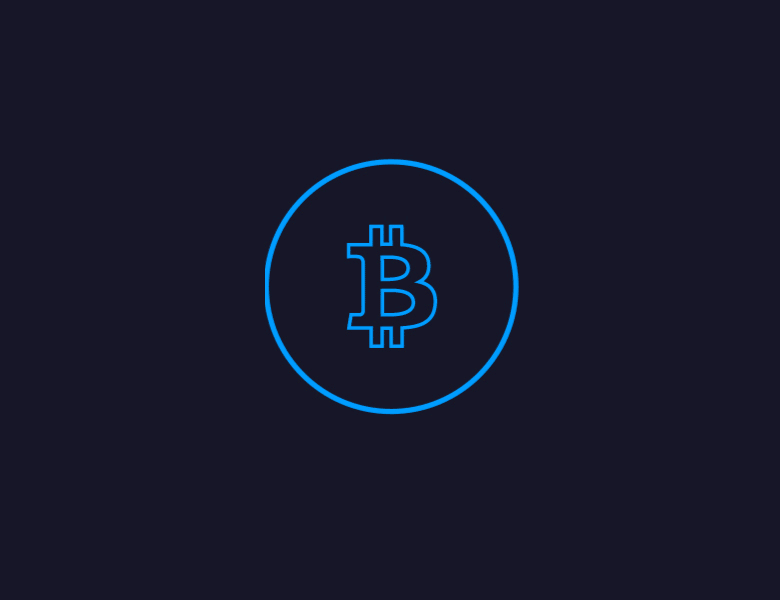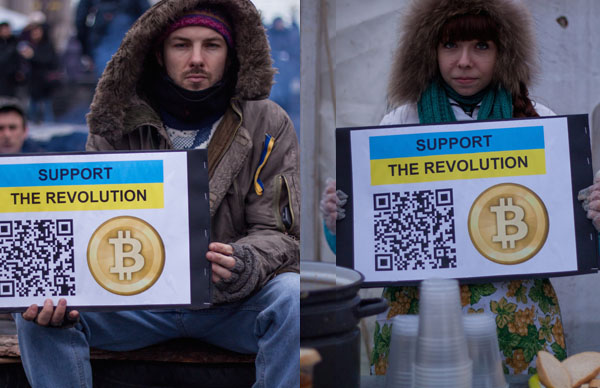Digital tokens such as bitcoin waste storage in massively duplicative blockchains to create virtual continuity. This is the fundamental breakthrough. Continuity—outside the domain of quantum physics—is a universal property of the physical world. If I pass an object behind my back, you can be reasonably sure that what reappears in my left hand is what disappeared from my right. Continuity permits identity of both things and people; it permits property because a continuously identified thing can be owned by a continuously identifiable person. It therefore permits transactions—transfers of property. It permits trust.6 6.On the impact of technology on trust, see Philip Evans, “From Reciprocity to Reputation,” BCG Perspectives, April 2006.Microeconomics is predicated on contracts, which in turn are predicated on identity, property, transactions, and—often—trust. So the whole panoply of the capitalist system is predicated on continuity. Continuity is not sufficient for property and contracts (you also need law), but it is necessary. This point is so obvious that no economics textbook even mentions it. Signatures, passports, notaries, seals, chops, photo IDs, and so forth all scale and extend continuity in the real world.

But in the virtual world, there is no continuity. There is no guarantee—indeed, generally no meaning in saying—that a string of data is an original as opposed to a copy. Neither an object nor a person has identity. The old joke: on the internet nobody knows you're a dog. In many contexts, of course, that is a desirable feature. It lowers the cost of broadcasting and relaying information to near zero. But absent continuity, there is no peer-to-peer basis for identity, ownership, transactions, trust, or contracts.
Where the parties have a prior real-world relationship, they can establish a virtual equivalent directly through encryption. But otherwise, the world addresses the lack of virtual continuity through intermediaries. I have a real-world relationship with my bank, for example, you have a real-world relationship with yours, and the banks have real-world relationships with one another. Collectively, intermediaries (of which banks are just one type) guarantee our respective virtual identities and mediate our transactions.
There are two problems. When there is just one intermediary, it will be a monopolist, which—if profit maximizing—will underinvest, overprice, and appropriate most of the value. But if instead the market is competitive, the intermediaries themselves require intermediation. In the multilayered system of international remittances, a money transfer to Kiev generates multiple transactions, delays, duplicated effort, and errors.
Bitcoin demonstrates the revolutionary potential of tokens and blockchains. As explained in the sidebar, it establishes continuity between two sequential transactions, say X and Y. Although it is just a string of numbers, the structure of the bitcoin—the token—guarantees its “ancestry”: the coin in the earlier transaction X is the only “parent” of transaction Y. The authenticity of the coin can therefore be proved by tracing it back to its original mining. And the blockchain guarantees “inheritance”: the coin in the later transaction Y is the only “child” of transaction X. The coin cannot be spent twice. So the two aspects of Bitcoin technology together waste storage in order to create virtual continuity. Virtual continuity enables digital identity, ownership, transactions, and trust—and contracts and markets—among parties with no prior relationship and without intermediaries.
Seven Possible Killer Apps for Blockchain and Digital Tokens
Beyond payments and securities clearing, there are seven other potential “killer apps” for blockchain technology. They variously exploit low transactions costs, elimination of duplicated record keeping, the neutrality of a shared data base, and the superior security of a distributed ledger.
- Transacting on the Internet of Things
- Transforming the economics of digital content
- Making supply chains cheap and transparent
- Reforming land registries
- Guaranteeing digital identities
- Streamlining health care and revolutionizing research
- Minting digital fiat currency
Read Article
The technology is potentially disruptive to all virtual intermediaries. Its disruptiveness is proportional to the cost, complexity, and degree of transaction duplication in the current system of intermediation.
Virtual continuity leads to one final symmetry. Recent technology waves—notably the Internet of Things, the proliferation of smart mobile devices, and augmented reality—directly endow physical objects with information and intelligence: they make the real virtual. The technologies of token and blockchain, conversely, endow data with continuity: they make the virtual real. When the real and the virtual converge, it is as if our world and our map of the world become the same thing.7 7.This broad convergence of the real and the virtual is facilitated by the interaction of four mutually multiplicative and very recent technologies: the internet of things, big data, artificial intelligence, and mobile devices. See Philip Evans and Patrick Forth, “Borges’ Map: Navigating the World of Digital Disruption,” BCG article, April 2015.






